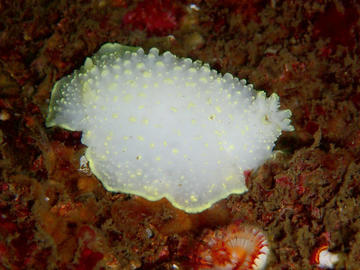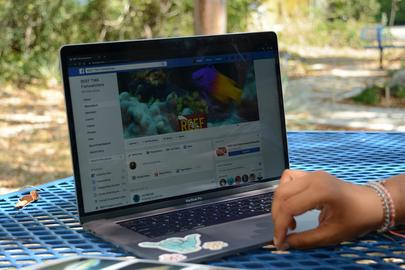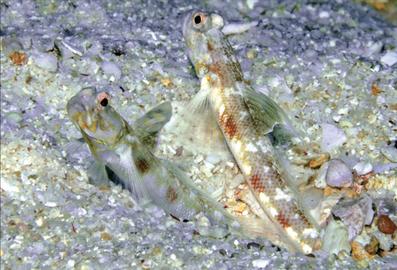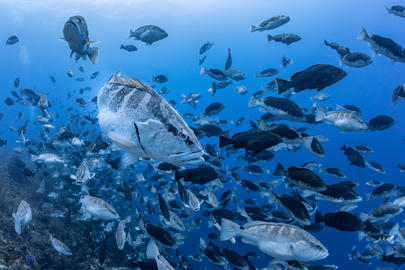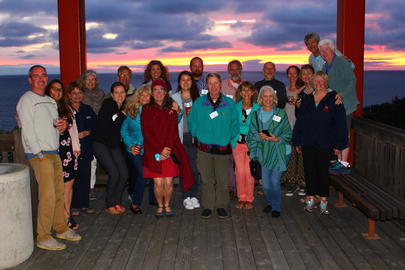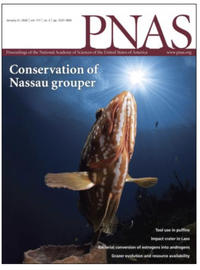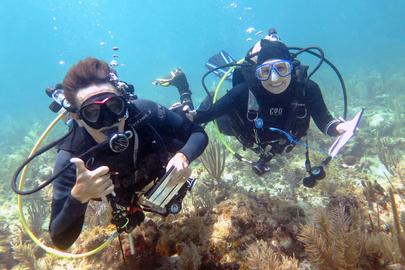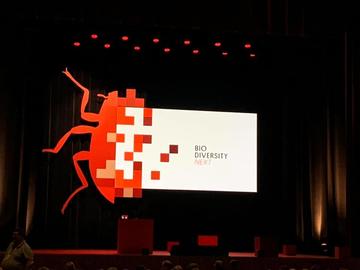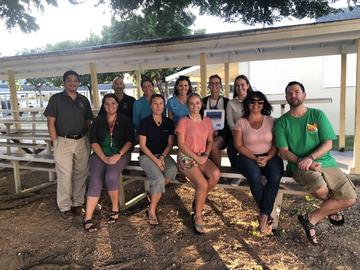REEF Citizen Science Program Manager Janna Nichols recently had the honor of having a new species of nudibranch (sea slug) named after her! Cadlina jannanicholsae is part of a difficult-to-distinguish complex of nudibranchs that was previously thought to only include Hudson’s Dorid (Acanthodoris hudsoni) and Yellow Margin Dorid (Cadlina luteomarginata). The complex is monitored by REEF surveyors in the Pacific Northwest.
April is Earth Month, and as we look forward to Earth Day on April 22, you might be looking for ways to stay connected to the environment in these uncertain times. We are all facing new and unfamiliar challenges as we adjust to this rapidly changing situation and navigate disruptions to our daily life. Here are some fun and easy activities you can do from the comfort and safety of your home:
A bucket list item for many REEF surveyors - discovering a new species. And even better, getting a species named after you. This has happened a handful of times over the last couple of decades, and one of our surveyors now has the honor of it happening twice! One of REEF's most prolific surveyors, Janet Eyre, now has a beautiful shrimpgoby named in her honor after discovering the fish on a recent trip to Indonesia.
While everyone knows that marine mammals are well known sound producers, did you know that many fish species also produce and use sound to sense their environment? Marine environments are teeming with underwater sounds from animals, human activities (shipping, costal development, oil and gas exploration etc.), and geological processes such as rain, wind, and water flow. The combination of the sounds, called a soundscape, can be used to study the ecology of animals that produce, hear, or respond to sound.
Last month we successfully conducted our 19th year of the Grouper Moon Project. Around the winter full moons each year, our field team joins forces in the Cayman Islands to study one of the last remaining, and largest currently known, spawning aggregations of the endangered Nassau Grouper. Since 2001, REEF and the Cayman Islands Department of Environment have collaborated on this project.
To celebrate our sustaining donors and most active volunteer surveyors, we annually host REEF by the Sea during the first weekend in March. This year's celebration took place earlier this month in San Diego, California. This invitation-only event included three days of presentations, socials, and guided tours of facilities around the Scripps Institution of Oceanography campus.
We are excited to share a conservation success story for the critically endangered Nassau Grouper. After nearly two decades of research and monitoring efforts, the Grouper Moon team published key results last month in the prestigious journal Proceedings of the National Academy of Sciences.
As 2020 gets underway, here are a few 2019 highlights from the Volunteer Fish Survey Project, REEF's citizen science marine life monitoring program, as of Jan 5, 2020.*
698 volunteer surveyors conducted and submitted 11,065 surveys in 2019. This number will definitely rise as members catch up on their backlog of data entry.
An additional 1,329 surveys were submitted in 2019 that were conducted in previous years.
Earlier this fall, REEF's Director of Science, Christy Pattengill-Semmens, attended the Biodiversity_Next conference in the Netherlands, joining over 700 other participants from 76 countries. The conference brought together major international organizations, research scientists, and policy makers to jointly identify "socio-technical bottlenecks and horizon-scan opportunities around data-intensive biodiversity and geodiversity research". Put more simply, building a global infrastructure for biodiversity data.
In November 2019, REEF and the Cayman Islands Department of the Environment (DOE) presented Grouper Education Program teacher workshops on Grand Cayman and Cayman Brac in the Cayman Islands. The workshops, led by Grouper Moon educator, Todd Bohannon, and Bradley Johnson from DOE, provided educators with a marine science curriculum based on the Grouper Moon Project for intermediate/elementary and high school students.

